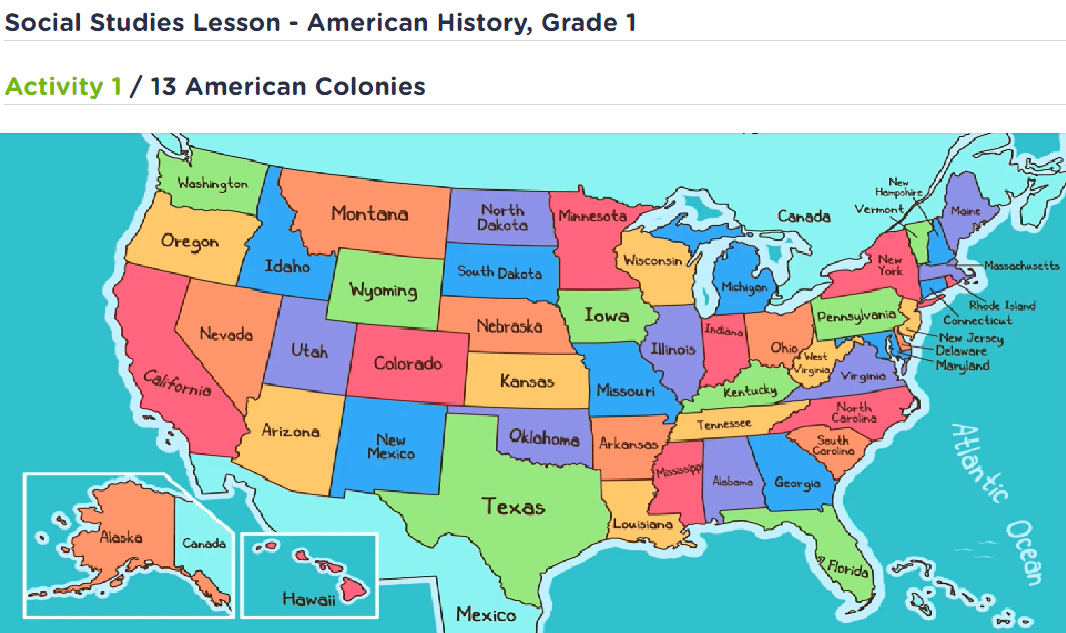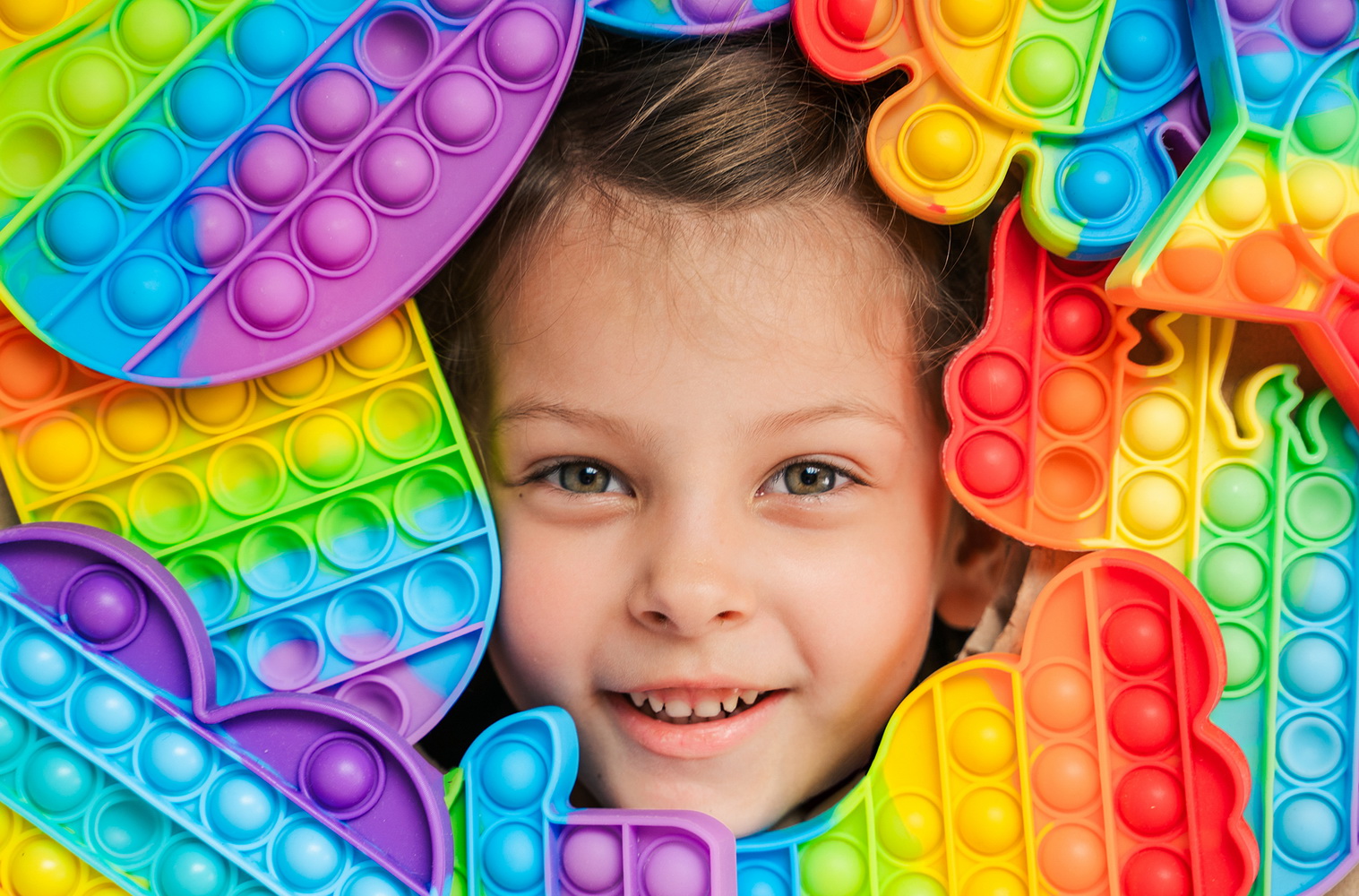Visual perception Normal Worksheets for Ages 7-9
7 filtered results
-
From - To
Boost your child's visual perception skills with our engaging and educational worksheets designed for ages 7-9. Explore puzzles, matching activities, and pattern recognition exercises that enhance learning while keeping children entertained. Our expertly crafted materials not only improve visual memory but also support cognitive development, concentration, and critical thinking. Perfect for both classroom settings and home practice, these printable worksheets help young learners achieve important developmental milestones. Whether it’s sorting, identifying differences, or completing sequences, our visual perception worksheets make learning a fun adventure. Visit our site to download and start the journey towards better visual and cognitive skills.
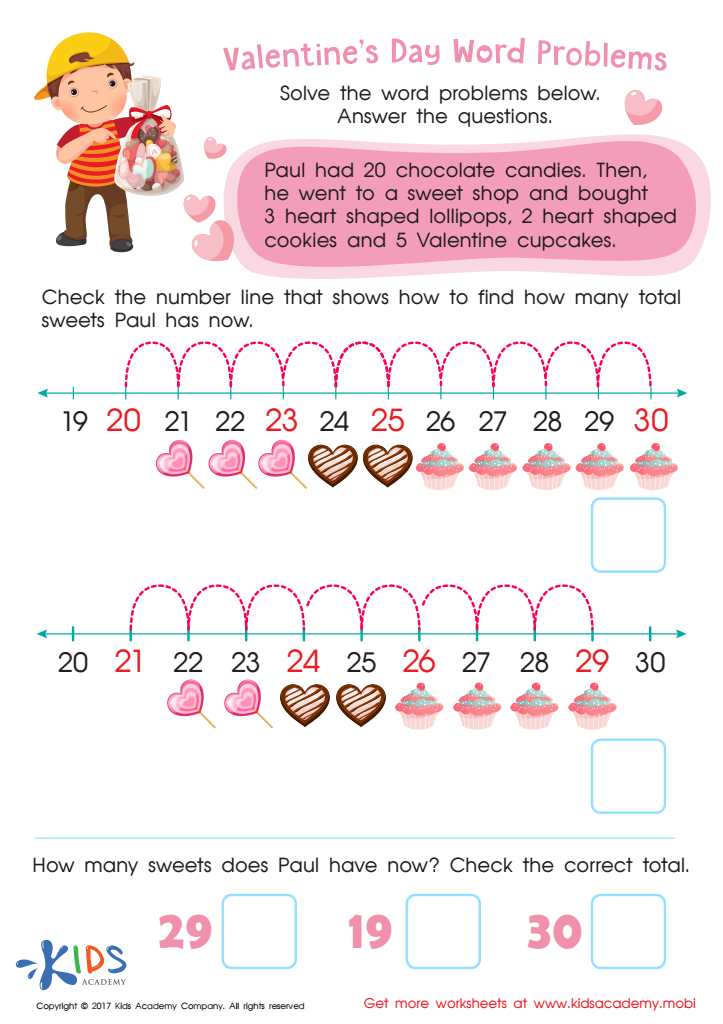

Valentines Day 2 Printable
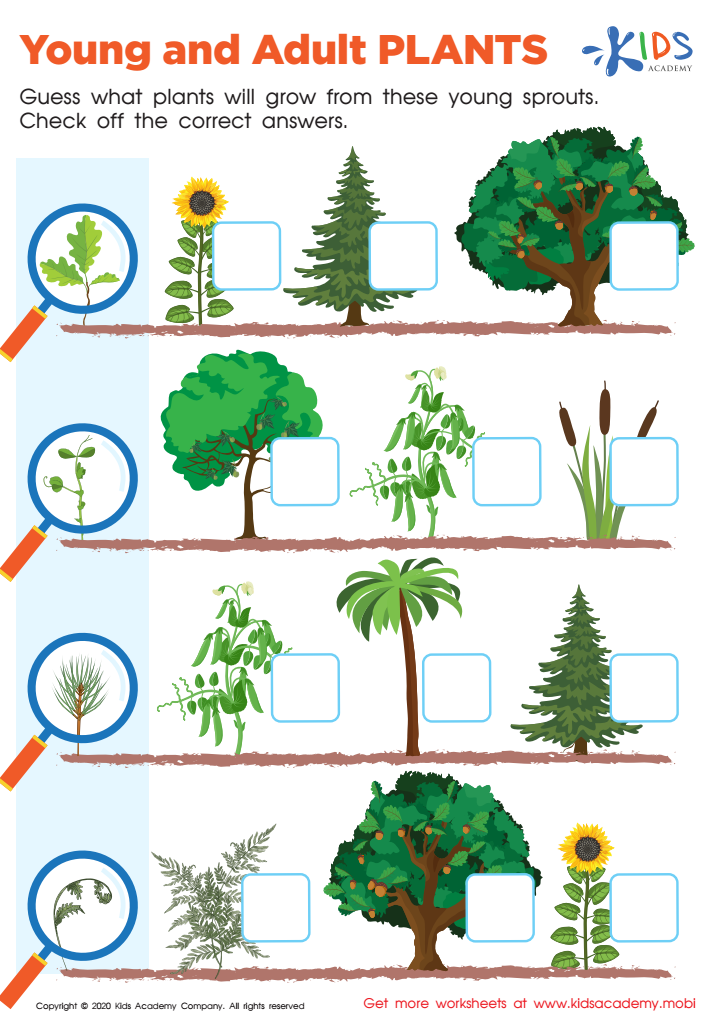

Young and Adult Plants Worksheet
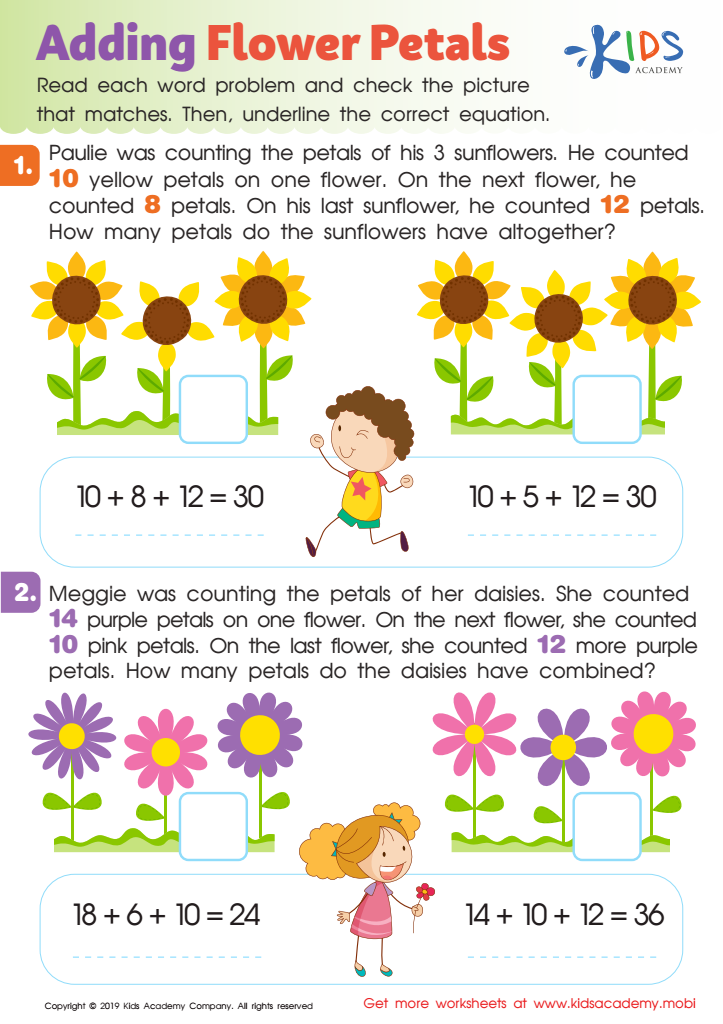

Adding Flower Petals Worksheet
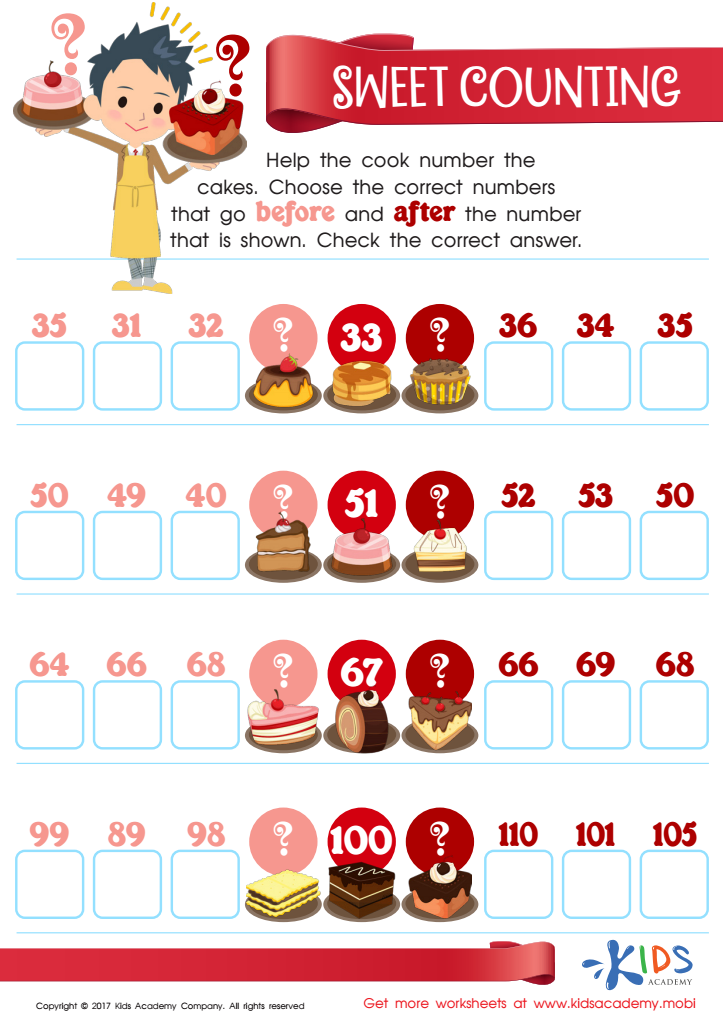

Sweet Counting - Part 1 Worksheet
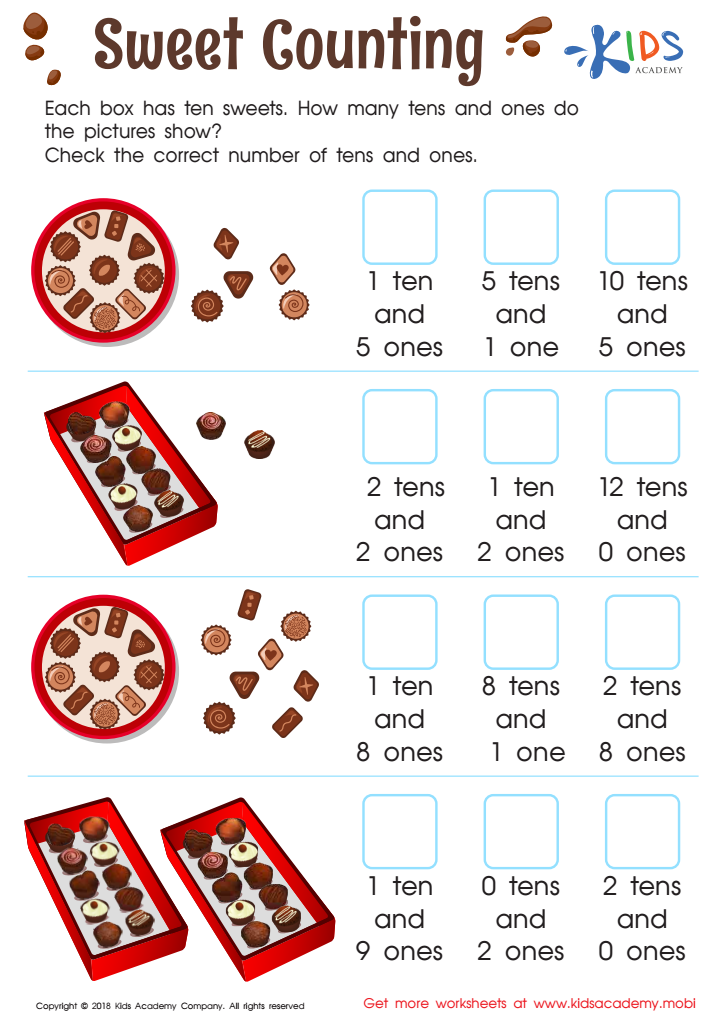

Sweet Counting - Part 2 Worksheet
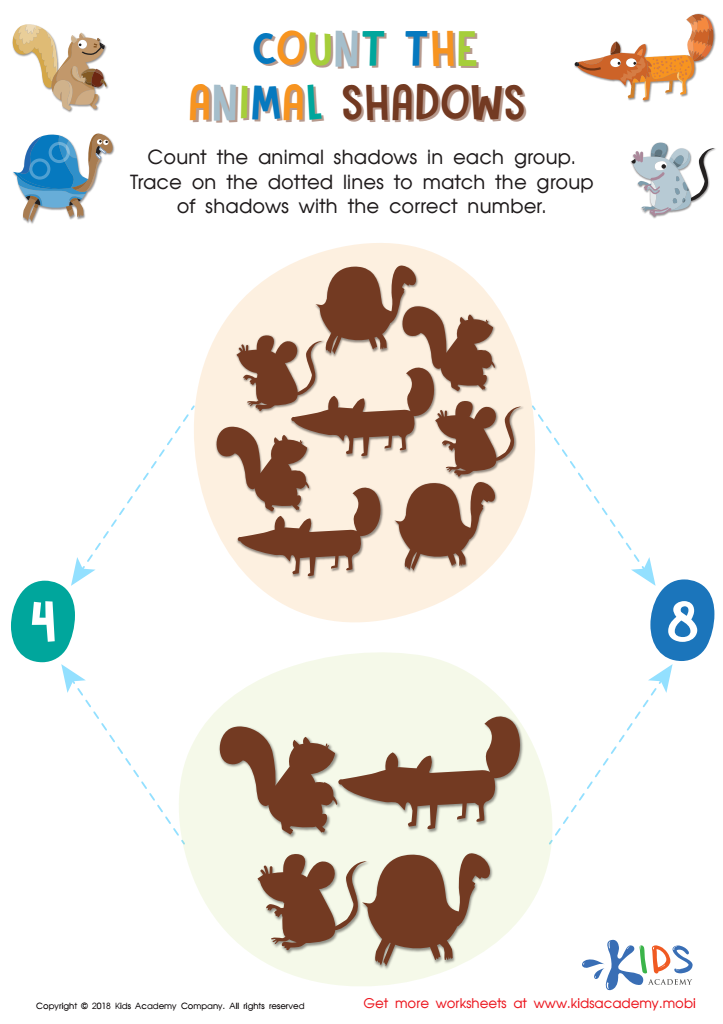

Count the Animal Shadows Worksheet
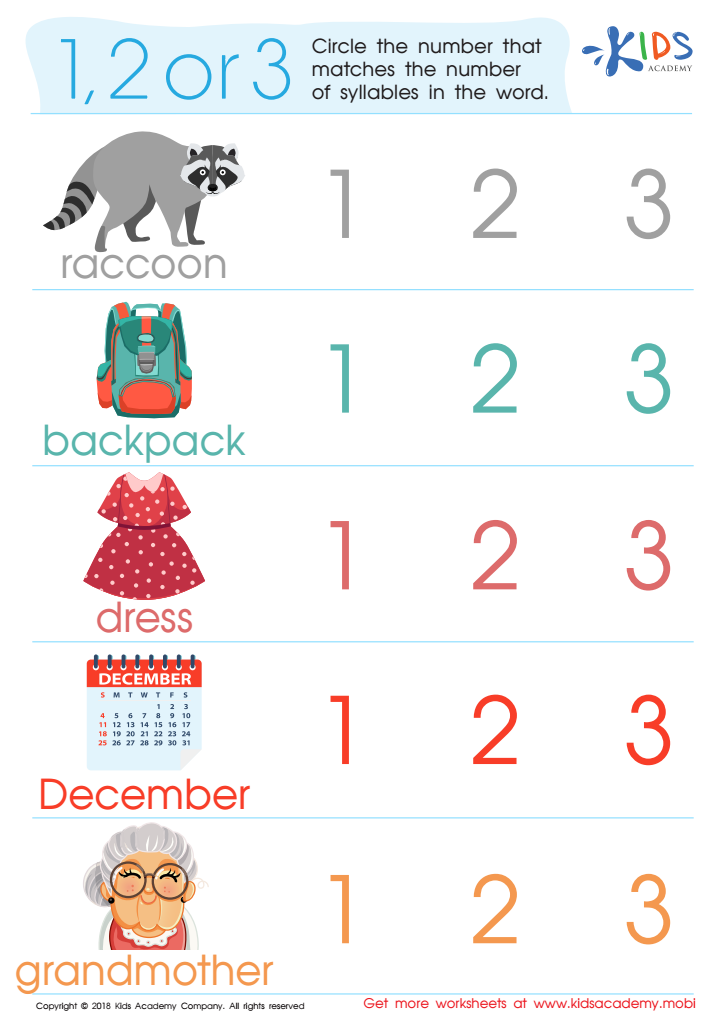

1, 2 or 3? Worksheet
Visual perception is crucial for children ages 7-9 as it directly impacts their learning and day-to-day activities. Visual perception refers to the brain's ability to make sense of what the eyes see. This skill is fundamental in a classroom setting where children engage in reading, writing, and other visually oriented tasks.
Children in this age group are developing foundational skills in reading and mathematics. Normal visual perception abilities allow children to distinguish letters and numbers, understand their spatial relationships, and grasp mathematical concepts like geometry and symmetry. Without these essential abilities, children may struggle with decoding words or solving math problems, putting them at a disadvantage academically.
Furthermore, visual perception affects other everyday abilities such as hand-eye coordination—which is important for writing and playing sports—and the ability to follow complex instructions or sequences. A deficiency in visual perception can lead to frustration and decreased self-esteem as children may feel they are not on par with their peers.
Parents and teachers can support children by incorporating activities that strengthen visual perception, such as puzzles, drawing, and matching games. Early detection and intervention can correct or mitigate visual perception issues, ensuring children have the best possible foundation for future learning and personal development. Therefore, attentiveness to visual perception capabilities in children ages 7-9 is crucial for their holistic growth.
 Assign to My Students
Assign to My Students



